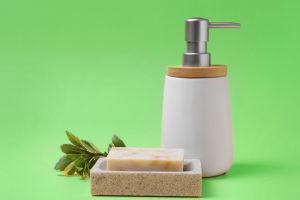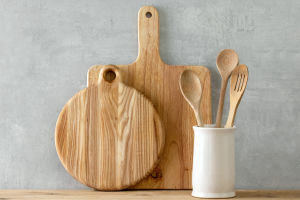Washing fruit is a vital step in ensuring that the produce you consume is safe and free from dirt, bacteria, pesticides, and other contaminants.
Though it may seem like a simple task, there are effective ways to clean fruit that maximize its safety and freshness.
In this article, we will explore essential tips to help you properly wash different types of fruit and keep them at their healthiest.
1. Rinse All Fruits, Even If You Plan to Peel Them
Many people assume that fruit with peels, such as bananas, oranges, or avocados, do not need to be washed. However, this is a common mistake. Dirt and bacteria from the surface can transfer to the flesh of the fruit as you peel or cut into it.
Make it a habit to rinse all fruits under running water, even those with thick skins or rinds. This ensures that any contaminants on the outside won't make their way inside when you handle or prepare the fruit.
2. Use Cold Water, Not Hot
While some might believe that warm or hot water does a better job of cleaning, cold water is typically the safest and most effective choice for washing fruit.
Hot water can cause some fruits to lose their firmness or become more vulnerable to bacteria by slightly breaking down their outer layers.
Cold water helps to preserve the texture and quality of the fruit while still removing dirt and other unwanted particles.
3. Avoid Soap or Commercial Cleaning Products
It can be tempting to use soap or specialized fruit-washing products, but these are unnecessary and might leave harmful residues behind. Plain water, combined with a gentle rubbing or scrubbing, is sufficient for removing most surface contaminants.
If you feel like your fruit needs extra cleaning, consider using a vinegar solution instead. A mixture of one part vinegar to three parts water can help remove more stubborn dirt and bacteria, and it rinses off easily without leaving any residue.
4. Brush and Scrub When Necessary
For fruits with thicker skins, such as apples, cucumbers, or melons, a soft brush or vegetable scrubber can help to remove dirt more effectively.
Scrub the surface under running water to loosen any particles that might be trapped in crevices or on the skin. Be gentle to avoid damaging the fruit, but firm enough to ensure thorough cleaning.
5. Dry Fruits Thoroughly After Washing
Drying fruit after washing is an often-overlooked step, but it is crucial to prevent the growth of mold or bacteria. After washing, place the fruit on a clean towel or use paper towels to pat it dry.
This is especially important for fruits that will be stored afterward, as excess moisture can lead to quicker spoilage.
6. Wash Fruits Just Before Use
While it may seem convenient to wash all of your fruit immediately after purchase, this can shorten their shelf life.
Washing too early can introduce moisture that encourages mold growth, particularly for fruits like berries. For fruits that need to be stored for several days or longer, keep them in their original packaging or store them in a breathable container until ready to wash.
Properly washing fruit is essential for maintaining food safety and enhancing the eating experience. By following these simple tips, you can remove dirt, bacteria, and pesticides effectively without compromising the fruit's flavor or texture.
Remember to use cold water, avoid soap, and tailor your cleaning method to the type of fruit for the best results. With these steps, you can enjoy cleaner, fresher fruit every time.


